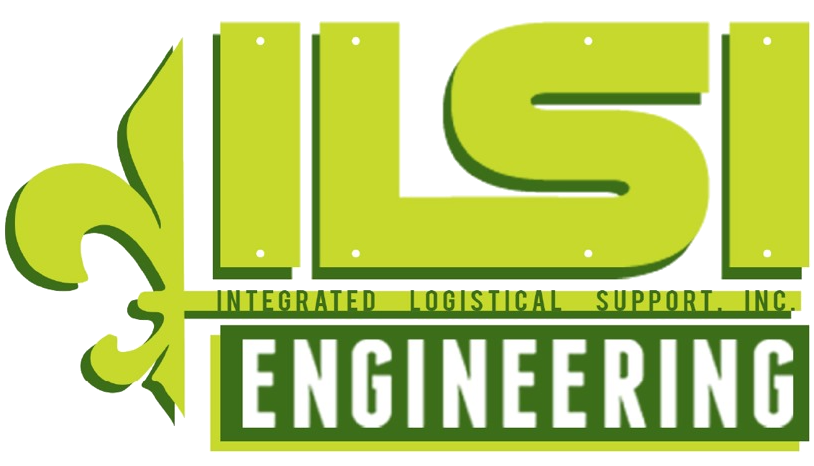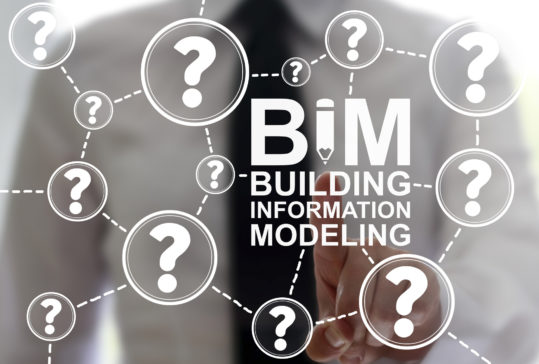8 Benefits Of BIM Services For Your Project Site
According to a study by Autodesk, Inc., up to 82 percent of BIM users in the AEC industry have reported a positive return on investment.
Essentially, Building Information Modeling (BIM) is helping architects, engineers, contractors, project owners, and other parties in projects to ensure successful projects. With BIM services, the AEC industry is being transformed, making it more interconnected.
So, if your team is not leveraging the collaboration and connection power offered by BIM, it helps to know what benefits you’re missing.
Read on to learn more.
1. Improved Communication
Poor communication is a common challenge that project teams experience. One causative factor of this problem is the varying knowledge levels of team members and even the clients. For example, when trying to explain a 2D plan to a client, all they see is a visual representation of lines, boxes, or structures.
BIM helps to eliminate this problem by providing an interactive 3D designs. It becomes easier for engineers and architects to communicate their plans in a way that every team member can understand. Plus, it allows you to present all information, including costs and model changes, succinctly.
2. Reduced Project Errors
In any civil and structural engineering project, errors are significant setbacks that lead to delays in project completion. A study by McGraw Hill showed that up to 41 percent of the respondents experience reduced errors and omissions in the design phase.
Many engineers state that much of the work is in the multiple corrections and changes they make to design. This repetition creates room for errors, which if not noticed early enough can impact the entire project. BIM services prevent duplications and modifications that result in project errors.
3. Better Collaboration
Sharing all the essentials of a plan is vital to ensure quality input from all parties. With 2D designs, proper collaboration has always been inadequate. With some projects involving different models, it’s quite possible for confusion to occur.
Civil and structural projects involve drawing different functions for a particular workflow. In most cases, each task in a design may require contributions from various experts. BIM provides tools for all parties to share complex designs and contribute to the design.
It also offers review steps to ensure that every project member had an input and each input was evaluated and executed, discussed, or resolved.
4. Better Simulation and Visualization
With paper designs, it’s quite impossible to get a clear overview of the entire project. Plus, you can’t imagine the project in a real world. This becomes hard to apply different rules and calculations, especially when determining a building’s energy performance.
With a click of a button, BMI services can give you every aspect of the design in a single screen. You get simulations that allow you to visualize the project in the real world. The software takes care of much of the analysis of the building to help you reach the peak performance of your project plan.
5. Take the Plan with You
The problem with paper designs is that they can tear, get spilled on, or even lost or misplaced. This is an issue that BMI services help to solve. All your project designs and details are stored in the cloud, so you can access them anywhere and anytime using a connected device.
It becomes convenient for you to confirm project details or make reference whenever needed. With the project details right at your fingertips, it easier to coordinate activities and move around the project site to monitor teams.
6. Ensure Project’s Energy Efficiency
The construction and engineering industries strive to adopt and implement measures that can help to cut down energy use. Using BIM services have proven to help the industries edge closer to the realization of this goal. Traditional designs could only allow analysis after the completion of the designs.
With BIM, the case is entirely the opposite. You can now carry out an environmental analysis during the design process. This allows you get better insights into the building orientation, energy use, water management, and daylight details.
BIM allows energy-efficient and sustainability to become critical components of the design process. Even if there are flaws in the design, you make quick changes and still ensure the project in on track.
7. Clear Project Lifecycle
In projects that involve construction and demolition, it can be pretty tasking to keep track of all the project specifics. BIM supports the entire stages of the project to help you understand it’s complete lifecycle. You have a model for each phase, including construction and demolition.
You can create a construction model that illustrates material usage, labor deployment, and estimated project time to help in proper project planning. Plus, it provides access to the full history and records of your design. This makes it easier to ensure the continuity of the project.
Also, during demolition, it’s possible to know the correct techniques and measures for tearing down a building.
8. Boosts Productivity
A vital component of any successful project is productivity. Sadly, this is something that’s affected by different factors, including too many workers, design flaws, adverse weather conditions, and equipment breakdowns. When utilized well, BMI services can result in improved productivity in any project.
Typically, you can understand the key phases of the project and what input is required. Whenever you change an object, the entire model is updated to help you monitor your progress and state of the project. This means that your team can easily know the pending and completed tasks.
As such, it’s possible to speed up the project and ensure maximum cost savings.
BIM Services – The Takeaway
Building Information Modelling or BIM is a transformative technology that is making things pretty easier for professionals in the architecture, engineering, and construction (AEC) industry. If your company is not leveraging BMI services, then it’s high time you give it a second thought.
Whether you’re an MEP engineer, fabricator, construction manager or an architect, you can benefit from the use of BMI. You can easily view 3D, 4D or 5D renderings of your project design for an effective and efficient construction process.
Do you have any question? Feel free to contact us, and our team will be glad to help you.













Add Comment
Comments